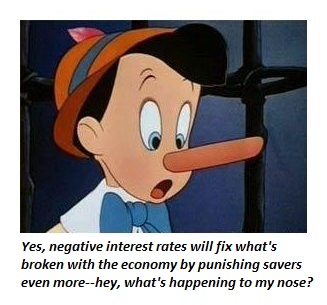“Of all tyrannies, a tyranny sincerely exercised for the good of its victims may be the most oppressive. It would be better to live under robber barons than under omnipotent moral busybodies. The robber baron’s cruelty may sometimes sleep, his cupidity may at some point be satiated; but those who torment us for our own good will torment us without end for they do so with the approval of their own conscience.”
― C.S. Lewis
On Thanksgiving eve, I was notified of a circumstance which caused me to drive thirteen hours round trip the following weekend. The event which precipitated my travels is now beside the point, but I will say, given prior commitments and work scheduling, I was compelled to go alone. I didn’t mind. So I booked my hotel located in a major American metropolis, and that Saturday, packed my bag, grabbed my toothbrush and car keys, and bid my bewitching bride fare-thee-well.
Rather than take my larger rig, I decided to drive something more compact for the city; and more fun. Soon, I was rolling over roads that were seemingly slung before me like waving ribbons in a whimsical wind. Although my material journey had just begun, mentally, I was already traveling down familiar, distant thoroughfares at the speed of thought; what The Grateful Dead would call the “West L.A. Fadeaway”: Little red light on the highway, big green light on the speedway, hey hey hey.
My coincidental cognitive cruise began with gratitude. If I were to align sonic bell curves to represent my personal automotive preferences, the car I was driving would percuss the pinnacle position of every measure. With just the right exterior dimensions, and the perfect amount of interior room, horsepower, safety, comfort, reliability, economy, and style, I am fortunate to own such a vehicle.



 Modern economic forecasting rituals.
Modern economic forecasting rituals.
 Cackling central planners – this reminds us of the “FOMC meeting laughtrack” of 2003-2007 – the more Fed members laughed at their meetings, the closer the economy and financial system came to the near fatal implosion of 2007-2009. Do today’s monetary bureaucrats have more of a clue than their predecessors just before the GFC? The answer is an emphatic no – they have simply doubled down and blown an even bigger credit and asset bubble.
Cackling central planners – this reminds us of the “FOMC meeting laughtrack” of 2003-2007 – the more Fed members laughed at their meetings, the closer the economy and financial system came to the near fatal implosion of 2007-2009. Do today’s monetary bureaucrats have more of a clue than their predecessors just before the GFC? The answer is an emphatic no – they have simply doubled down and blown an even bigger credit and asset bubble.


 A bunch of famous people with a simpleton view of how the world works…who not only seriously think the economy can and should be “planned”, but arrogantly believe they are the ones who should do it. It’s a bit like the crazy guy who doesn’t know he’s crazy.
A bunch of famous people with a simpleton view of how the world works…who not only seriously think the economy can and should be “planned”, but arrogantly believe they are the ones who should do it. It’s a bit like the crazy guy who doesn’t know he’s crazy.



